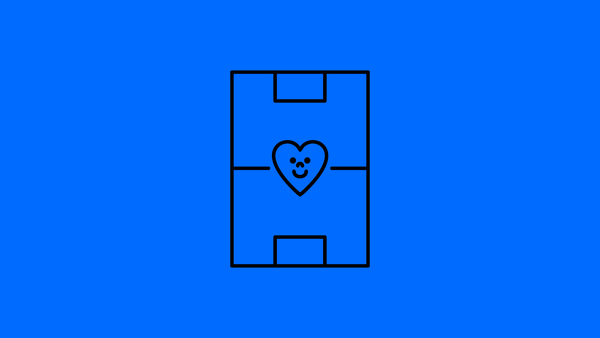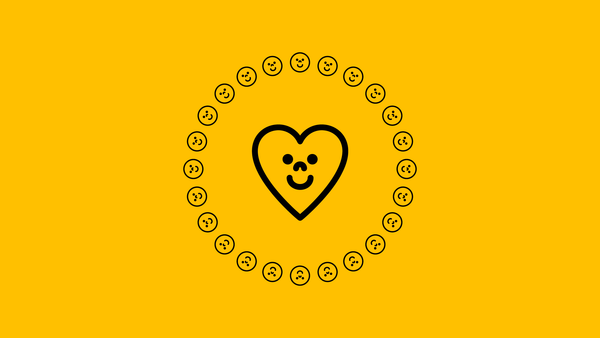A simple system to know you have enough players in a squad

Balancing the 'right' amount of players in an amateur football team is one of the biggest challenges.
Too few, and it leads to small squad numbers (especially when the weather gets bleak), injuries to the regulars who carry too much load and worse of all, a split in the group between those who are putting in, and those who are not.
Too many, and players won't get enough playing time. This leads to a difficult situation where my players who are not playing regularly get frustrated, both at the lack of playing time and the pressure put on them to get up to speed quickly when they finally get their chance.
So what is the magic number? In my experience, 25, if I have enough dedicated players. But how can I know I have enough committed players?
I solve this problem in two ways.
The 70% rule of commitment
Before each season, I speak to each player and remind them that I expect them to be at 70% of trainings, and available for 70% of games. If they can do this, we will have healthy group.
But in truth, this number is idealistic. And idealism is risky. Players get injured, have personal problems, and have unexpected work meetings at the worst possible times. Football is a big priority in theirs lives, yes, but it is rarely their biggest priority.
The Traffic Light system
You can always look forward and hope for the best, but generally its better to learn from the past. To handle this problem, I use a traffic light system based on the previous season's attendance, to help me understand the level of commitment in the squad.
🟢 Core (players almost always there, typically starting XI players, capable of playing 90 minutes regularly)
🟡 Support (generally there, support and substitute players who step in but are not capable of playing 90 minutes regularly)
🔴 Peripheral (in and out in terms of availability, struggling with injuries or fitness required to play 90 minutes)
The right split
In my experience, when I have an 11/10/4 split, you are in good shape going into the new season. A quick look at my current team going into our new season is a 12/7/7, which suggests we have a good core, not enough support, and too many peripheral.
As such, we are aiming to bring in three new players for next season and if they fall into at least the yellow category, I can feel confident for the group.
The value of peripheral players
Just because a player is peripheral, does not mean that they are not important. On the contrary, I've found players who are happy to be part of squad, train and not expect to play matches regularly, can incredibly valuable. They are often the best at letting you know where they stand, have clear expectations, and are ready for their moments when they come along.
Conclusion
By setting (and reiterating) expectations with the 70% rule and using the traffic light system to check player commitment, I have a system to test the health a squad going into any season. With at least 25 players in the right proportions, I know I will have the right balance to handle the unpredictabilities that will inevitably come our way.





